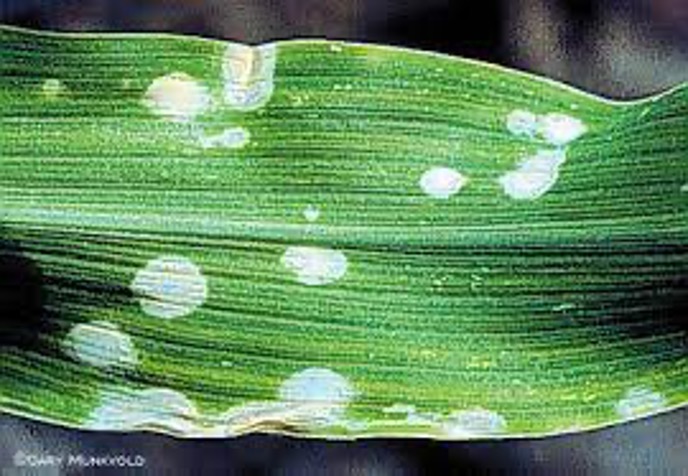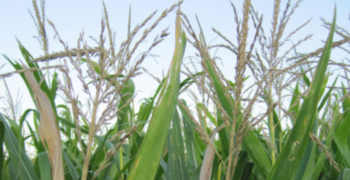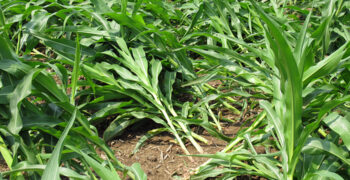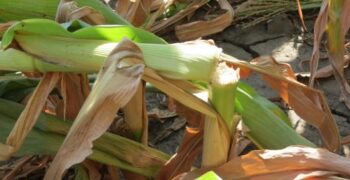Background:
Holcus leaf spot, also known as holcus spot, is a fungal disease that affects various grass species, primarily in agricultural and turfgrass settings. Holcus leaf spot is caused by the fungal pathogen Drechslera holci. This fungus belongs to the Ascomycota group and primarily infects grasses. The disease is known to affect a wide range of grass species, including cereal crops (such as barley and wheat), forage grasses, and grasses used in turf.
Symptoms:
The symptoms of holcus leaf spot typically appear as small, circular- to oval-shaped lesions on the leaves of infected plants. These lesions may start as water-soaked spots that later turn tan to brown with a reddish-brown border. In severe cases, the lesions can grow together, leading to large areas of blighted foliage. Infected leaves may eventually wither and die.
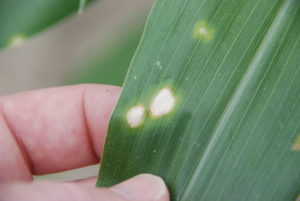 Environmental conditions:
Environmental conditions:
Holcus leaf spot thrives under humid and warm conditions, which are conducive to fungal growth and disease development. Wet foliage and extended periods of leaf wetness can facilitate the spread of the pathogen.
Transmission:
The fungus spreads through spores produced in infected plant debris, which can be dispersed by wind, rain or agricultural practices like mowing and irrigation. Spores can also survive in soil and on contaminated farm equipment.
Management:
Management of holcus leaf spot typically involves a combination of cultural, biological, and chemical control methods:
- Cultural practices: Implementing good cultural practices such as roating crops, maintaining proper plant spacing, and avoiding excessive nitrogen fertilization can help reduce disease incidence.
- Resistant varieties: Planting grass varieties that are less susceptible to holcus leaf spot can be effective where available.
- Fungicides: In cases of severe infection, fungicides may be used to control the disease. Fungicide applications are most effective when used preventively or at the first signs of disease.
Impact:
Holcus leaf spot can lead to reduced crop yield and quality in agricultural settings. In turfgrass, the disease can cause aesthetic damage and weaken the grass, making it more susceptible to other stressors such as drought or cold.
